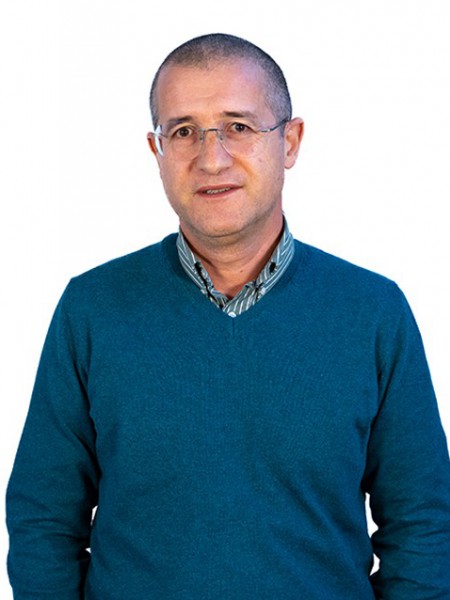resumo
Triterpenic acids (TTAs) are well-known for their relevant biological properties and have been facing an increasing interest for nutraceutical and pharmaceutical applications. To overcome the concerns associated with the commonly used volatile organic solvents for their extraction from biomass, here we investigate the potential of aqueous solutions of ionic liquids (ILs) as alternative solvents. The solubility of ursolic acid (UA) was first determined in several aqueous solutions of ILs (hydrotropes or surface-active) at 30 degrees C for evaluation of the dissolution phenomenon. Conventional surfactants were also investigated for comparison purposes. The collected data reveal a remarkable enhancement in the solubility of UA (8 orders of magnitude) in surface-active IL aqueous solutions when compared to that in pure water. Afterward, the potential of these IL aqueous solutions was confirmed by their use in the extraction of TTAs from apple peels. Total extraction yields of TTAs of 2.62 wt % were obtained using aqueous solutions of surface-active ILs at moderate conditions, overwhelming the extraction yields of 2.48 wt % obtained with chloroform and 1.37 wt % with acetone using similar conditions.
palavras-chave
URSOLIC ACID; APPLE PEELS; WAXES; FRUIT; FOODS
categoria
Chemistry; Science & Technology - Other Topics; Engineering
autores
de Faria, ELP; Shabudin, SV; Claudio, AFM; Valega, M; Domingues, FMJ; Freire, CSR; Silvestre, AJD; Freire, MG
nossos autores
Grupos
G4 - Materiais Renováveis e Economia Circular
G5 - Materiais Biomiméticos, Biológicos e Vivos
agradecimentos
This work was developed within the scope of the CICECO-Aveiro Institute of Materials, POCI-01-0145-FEDER-007679 (FCT ref UID/CTM/50011/2013) project, and the Multi-biorefinery (POCI-01-0145-FEDER-016403) and ReStorage-Pear (POCI-01-0247-FEDER-017777) projects, financed by national funds through the FCT/MEC and, when appropriate, cofinanced by FEDER under the PT2020 Partnership Agreement. FCT/MEC is also acknowledged for the contract under Investigator FCT for C.S.R.F. (IF/01407/2012). E.L.P.F. acknowledges CNPq for the PhD grant (200908/2014-6). M.G.F. acknowledges the European Research Council (ERC) for the starting grant ERC-2013-StG-337753.







